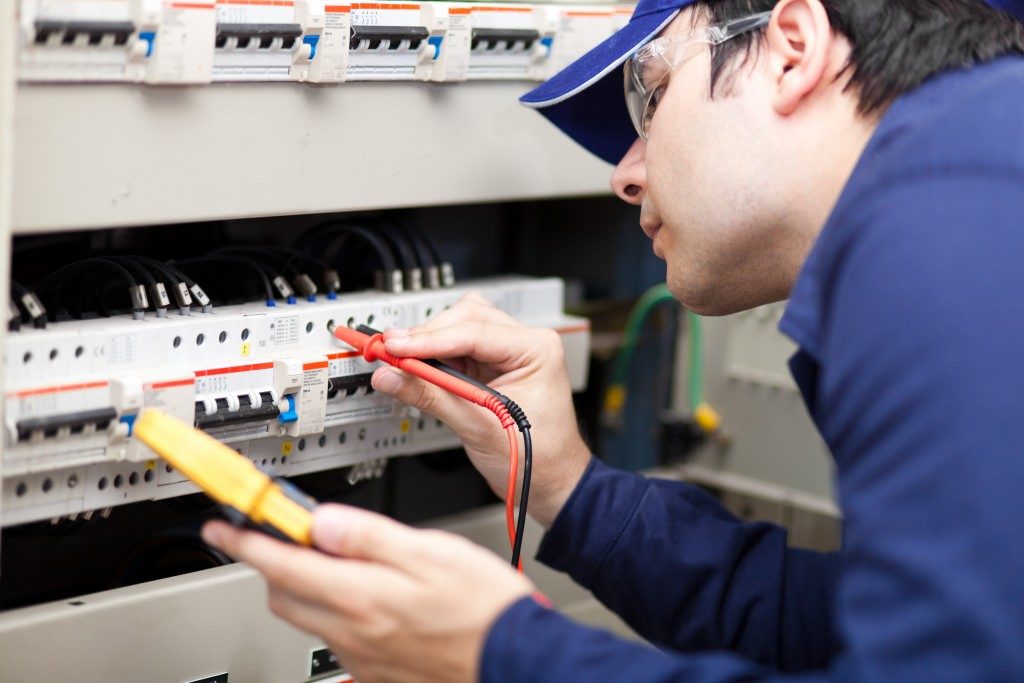The U.S. Bureau of Labor Statistics predicts a steady job market growth for electricians until 2026, making it a potentially fruitful and stable choice for a career. If you want to take full advantage of this, you can become a licensed electrician by following a series of steps.
All electricians in the country follow a process to become recognized as a licensed electrician, but different states may implement their own special rules to ensure that all tradesmen possess the right skills and training. Here are the steps aspiring electricians must follow:
Complete classes
The best way to get started is to finish diploma or certificate programs from technical schools. These courses will teach you the necessary theory and skills to install and repair electrical wiring and are, in most cases, required for you to be able to proceed to the next part of the process, which is an apprenticeship program. Should you decide to pursue a different albeit related path, these classes may be credited in a bachelor’s degree program.
Apprenticeship
As an apprentice, you will be learning the skills of the trade in the real world. You will also be earning a wage. The entire apprenticeship program typically lasts 8,000 hours – about four years – and places you under the supervision of a licensed electrician. Different states may have different rules regarding this stage. For instance, aspiring electricians in Utah have an apprenticeship license while those in Alabama do not. You can check with the authorities in your state to be sure.
Get your license
The hours you spent working as an apprentice will be useful when you get your license, which may vary depending on your experience level. These licenses are usually classified as either journeyman or master electrician.

As a journeyman electrician, you work under the permits that are issued to a master electrician. You are licensed to operate by yourself, but only a master electrician is certified to become a supervisor to either apprentices or journeymen. Earning a master electrician license means going through further training, as well as passing a test and paying a certain fee. Different states may have their specific licensing requirements, so check with your authorities to be sure.
Get certified
If you want proof of your skills and experience as an electrician, you can seek certifications from relevant authorities. Having several certifications in your belt is one of the best ways to enhance your job opportunities. The National Joint Apprenticeship and Training Committee (NJATC) offers certifications for cable splicing, among other skills. The National Institute for Certification in Engineering Technologies (NICET), on the other hand, can certify your mastery of different electrical systems. To get a certificate, you will need to prove your skills through both a written exam and a hands-on performance evaluation.
To become an electrician, you need to have the right skills and licenses. As long as you’re willing to learn, put in the hours, and continue developing, you will enjoy the perks that come with a career as an electrician.

